How to plant and grow lavender at home
Lavender is a beautiful plant with a strong and pleasant scent that can be a decoration for any garden. It is also possible to grow this flower at home, including from seeds. But if in the open ground care is practically not needed - it is enough to choose a suitable place - then you will have to make an effort at home. But the result is sure to please. In addition, the plant has medicinal properties, so it can be grown not only for beauty.
Preparation for growing
There is more than one type of plant. At home, French broadleaf lavender grows best. If care is sufficient, then flowering will last from May to August.
You can grow lavender from seeds or using cuttings and cuttings. Whichever method is used, you should start with preparing the soil. Simple land is not suitable for this: it does not have enough nutrients, so it will not be able to ensure the normal development of the plant.
Therefore, it is necessary to make a special soil mixture. Alkaline is best. For this, peat, sand and gravel or crushed eggshells are mixed. Another option: sand, humus and leafy earth are combined in a ratio of 1: 2: 3.
It is also important to prepare suitable containers. The plant has a peculiarity - a long root that grows quickly. And when he runs into any obstacle, the growth stops. At the same time, the bush itself stops developing. If buds have already appeared on it, then they will dry out and flowering will not take place. A transplant will not help in this case - you will have to wait for the next season. Therefore, one of the most important secrets of growing lavender at home is choosing a large enough container. Its diameter should be about 30 cm, and its volume should be 2 liters.
Good air circulation is important for the plant. Therefore, in the future it will be necessary to regularly loosen the ground. And before planting is carried out, you should take care of good drainage. To do this, small objects are placed in the pot: pebbles, shards, even a nutshell. But you must make sure that the holes in the bottom of the container remain free.
How to grow lavender
Growing from seed is considered a rather laborious process. But this method is used often, because it is usually easier to get seeds than cuttings. The main difficulty is that at home they have to be stratified, otherwise they are unlikely to germinate. That is, they need to provide conditions similar to natural ones. To do this, they are placed in a container with layers of sand and sawdust and left for a month. The temperature should be 5 degrees.
The best time to start growing from seed at home is November. After the end of the stratification period, you can sow them in containers filled with soil mixture. The depth should not be great, 3 mm is enough. Then the container must be placed in a corner that is very well lit. Temperature also matters: it can range from 15 to 21 degrees. The container should be covered with foil and raised from time to time for airing.
If all conditions are met, then after 30 days the first shoots will be visible. In rare cases, this does not happen. When containers can be refrigerated for 3 weeks. As soon as germination begins, the container must be taken from there, and the sprouts must be planted in separate containers.
Growing from cuttings is considered easier than growing from seeds. The difficulty lies in the fact that this method requires acquaintances who are engaged in lavender cultivation.To get cuttings suitable for propagation, annual shoots are used. They are divided into 10 cm pieces, then they are placed in well-moistened soil and covered with a bag or jar. It is worth planting more than intended, since there is no guarantee that all of them will take root.
It is not difficult to obtain cuttings suitable for plant propagation. To do this, you just need to select a young twig and press it to the ground, digging a little. After a while, it will give roots. Again, this method requires an adult lavender bush.
Where to place lavender
Further care includes choosing a suitable location. Remember that lavender loves sunlight. And if in open ground it is able to grow even in the shade without compromising its qualities, then at home the sun is vital for it. It doesn't matter if the bushes are obtained from the seeds or not. Therefore, it is recommended to place the potted plant on the east or west windowsill. If the lighting is poor, then a fluorescent lamp should be used. You also need to take care of regular airing, only in this case it is worth making sure that the flower does not stand in a draft.
But the humidity of the house practically does not matter. Only if the flowerpot is close to the battery, then it is advisable to put a container of water next to it or often spray lavender. But it's better to avoid such places.
How to water and feed
It is unlikely that it will be possible to imagine caring for a plant without regular watering and feeding. The soil should be slightly damp all the time. During the first 30 days from the moment the sprouts appear, watering is carried out twice a day. Then you need to do this less often.
Overflow for a flower can be disastrous. Especially with a lack of light, then even drainage will not have the desired effect. The plant will begin to stretch excessively, and instead of silvery leaves, green leaves will begin to appear, which cannot withstand direct sunlight. Because of this, they weaken and hang down. If such signs appear, then one should not think that the flower lacks moisture. You should check the amount of water that the plant receives and if there is enough light. After all, it accumulates moisture only in thick grayish leaves.
If lavender is grown at home, then you need to take care of fertilization. It is especially important in the first two months after germination from seeds. Top dressing is carried out every week by dissolving 2 g of special fertilizer in a liter of water. After the end of this period, feeding is resumed only during the flowering period. After it, all fertilizers should be canceled so that the flower can prepare for winter.
Lavender in winter and possible problems
Although lavender at home stays green all year round, it still has a rest period in winter. Therefore, care should include preparation for the winter period. To do this, after flowering ends, lavender pruned at a level slightly above the beginning of leaf growth. Dry shoots should be removed.
The potted plant must be moved to a cool place, away from heating appliances. Watering should be reduced for this time, once a week is enough. It happens that flowering continues in winter. But this will negatively affect the bush. Therefore, in the spring, all growths must be removed, you can also transplant into another pot.
Advice
If pests, such as leafhoppers, are nevertheless seen on homemade lavender, then it will need to be treated with Furosemide.
If you provide proper care, then there will be no special problems when growing lavender at home. Pests practically do not bother her, moreover, she is able to scare away insects from other plants.
The main thing to watch out for is that there is no overflow. Because of it, the leaves can turn yellow and the roots rot. The flower is drought-resistant enough, so there is no need to be afraid that it will not have enough moisture.
At home, weeds are practically not scary. But if they suddenly start to appear, then they need to be removed.
If you want to decorate the windowsills with an unusual plant for your home, then it's time to grow lavender. This can be done using seeds. Its delicate lilac flowers will become a real decoration, and a delicate aroma will give the room a special atmosphere.Of course, in order to get the desired result, you have to learn how to properly care. Timely planting, watering and feeding are necessary. But in the future, you can not only admire the plant, but also use its healing qualities.
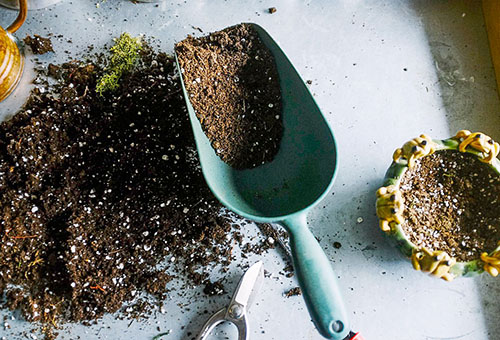
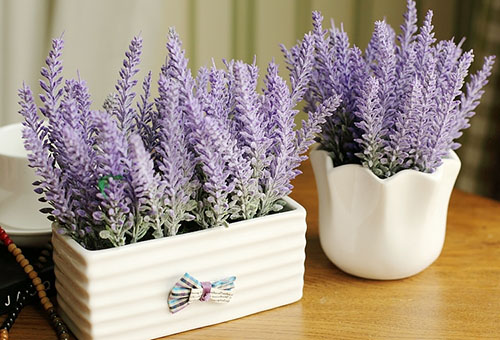
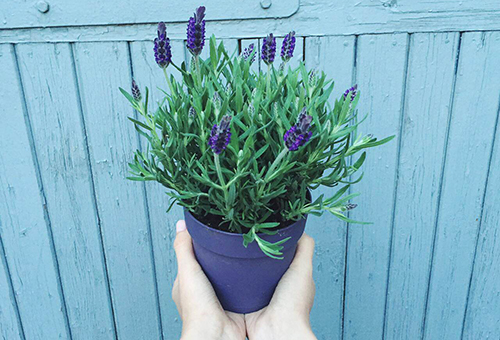
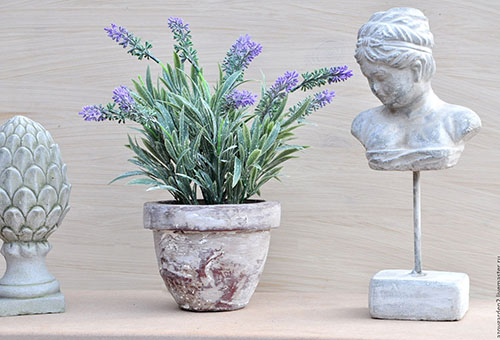
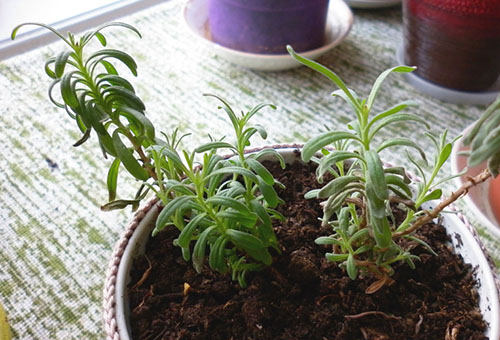
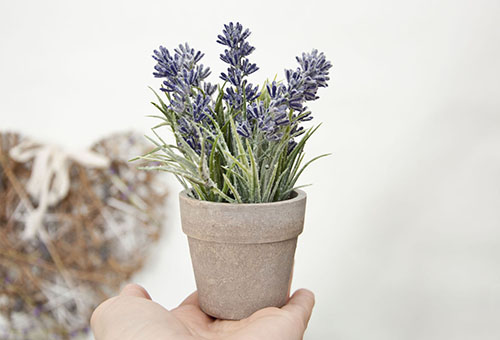

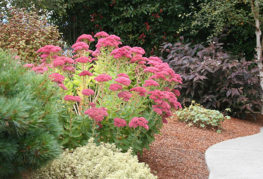
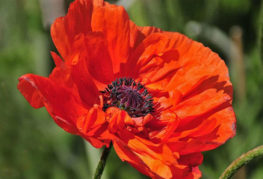
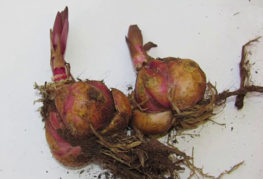
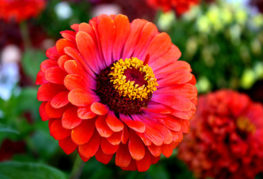
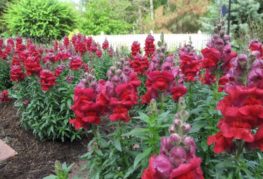
and will be published shortly.